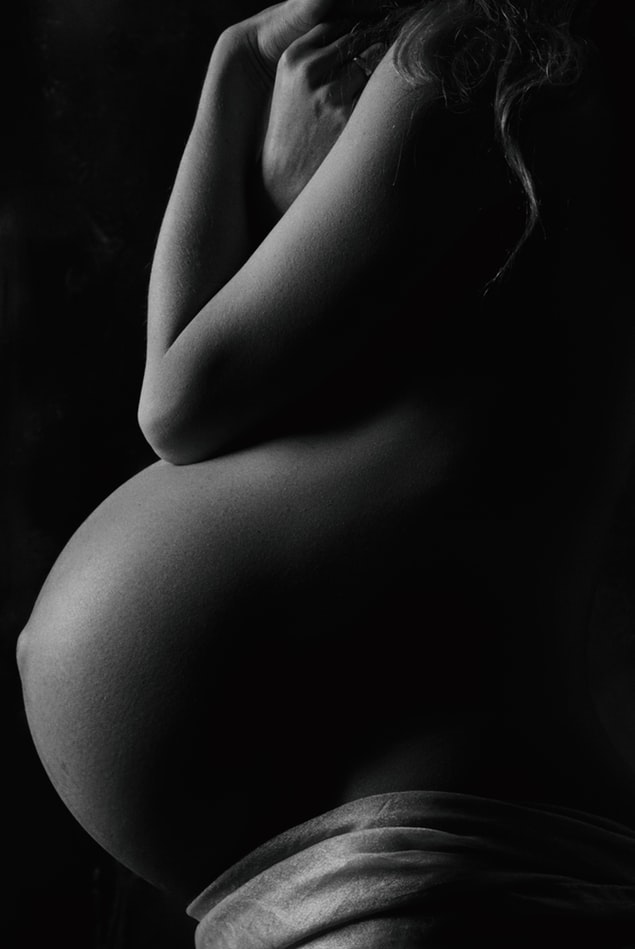
Source: Unsplash | Alexander Krivitskiy
Getting pregnant isn’t necessarily as easy as you would hope and for some people it can be a challenge that makes the efforts you go to to avoid pregnancy when it’s not wanted into a cruel irony. We also tend to see fertility as a black and white issue: either you are fertile or not. In reality, there are many graduations of fertility and even if you stand a low chance of conceiving, you can improve your odds by identifying when you’re at peak fertility in each menstrual cycle and concentrating your attempts to conceive on that period.
What is Peak Fertility?
For women, their effective fertility rises and falls over the length of their menstrual cycle. During their ‘fertile days’ or ‘fertile window’, the average lifespan of an egg after ovulation can overlap with the average lifespan of sperm after ejaculation. During this time you are at peak fertility: you stand the best chance of conceiving. If you don’t know when your fertile window is, your chances of conceiving drop dramatically.
Finding Ovulation
If you want to find your fertile day you need to find out when it’s likely you’re going to ovulate – your ‘ovulation window’.
There are two primary ways of doing this: using test strips that react with your urine in the presence of the hormone that stimulates ovulation, LH (or Luteinising Hormone). You can also chart your basal body temperature: this is the low level your body drops to overnight, during an extended rest. Minute changes at this base level can reveal when you’re going to ovulate.
Modern technology can make BBT tracking more accurate and less difficult. Automated sensors can take temperature readings overnight for more accurate data, and apps can process those into results and predictions, to reduce the risk of error.
Finding Your Fertile Window
With this information in hand, you simply need to plot it on a calendar, along with the dates your period begins. While cycles may vary between women, if yours is regular you can expect to ovulate at the same point in your cycle from month to month. Noting how long ovulation falls after your period begins in one month gives you a good indicator for when it will fall in the next and the next. This can give you the vital insight you need to improve your chances of conceiving when you want to.
